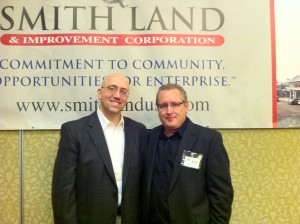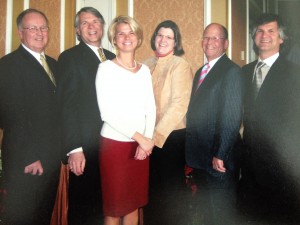 Building a business from scratch is hard work; and it’s even harder if you’re an On-Ramper—a person who took time off work to raise children, enjoy a sabbatical, or care for aging parents. At the age of 40 I started my business and one of the first, and smartest, things I did was assemble a personal board of advisors. To succeed in business, it’s important to be self-aware. That includes knowing that you don’t know, as my father always said.
Building a business from scratch is hard work; and it’s even harder if you’re an On-Ramper—a person who took time off work to raise children, enjoy a sabbatical, or care for aging parents. At the age of 40 I started my business and one of the first, and smartest, things I did was assemble a personal board of advisors. To succeed in business, it’s important to be self-aware. That includes knowing that you don’t know, as my father always said.
I didn’t have 20 years to figure out the art of doing business, so I needed to surround myself with the most successful people that I could connect with and ask if they would kindly serve as my personal board of advisors. How did I do that? I reached out and asked. Fortunately for me, each one said Yes.
What did I ask of my board? If they would be willing to be accessible, to listen, and to guide me in the best direction for success. They helped me answer the following types of questions:
- Should I pursue a WBE certification?
- Should I invest the time to compete for a state contract?
- Should I volunteer service on another board?
- How do I approach a client who is 60 days past due?
- How should I respond to a company who wants to co-brand?
- How do I navigate the hiring process?
- Should I negotiate a 3-year or 5-year commercial space lease?
As an entrepreneur, I had to make good decisions the first time, and my board was critical in helping me grow.
I felt it was important to have diverse industries and ages on my board. I wanted people who could help me think of unintended consequences and bring skills that I didn’t have. One advisor is a successful family practice physician who is leading the country in electronic medical records implementation; one is a business owner who founded an institutional bond firm; one is a mother who started her IT firm after leaving IBM and ramped up to crest $5 million in revenue; one is a 30-year veteran in land development and the automotive industry leading a company with $80 million in revenue; and one is a business owner of a commercial mortgage banking firm.
All have deep experiences with growing their companies, making decisions based on the bottom line, navigating workplace challenges, and rebounding from recessions. I soon realized the value of that level of guidance—priceless. In fact, it’s probably worth more than an MBA.
Dr. Robert K. Nielsen jokes that he’s still waiting for our annual board meeting to be at The Greenbrier. That’s an aspirational goal for me, but every day I look at the picture on my desk and am thankful for how much each one has played a role in my high gear journey.
Whether you’re just thinking about your business idea or ready to launch a new service, I strongly encourage you to assemble your own personal board of advisors to capture decades of business wisdom and the objectivity to send you to the next level.
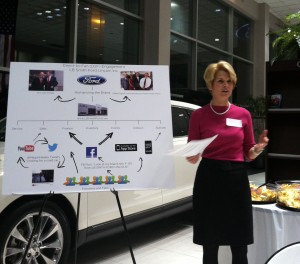


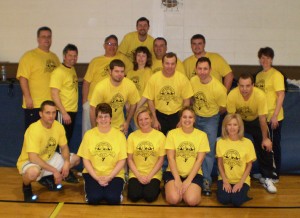

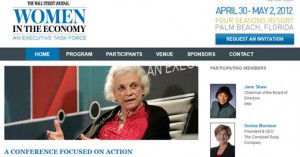
 Entrepreneurs by nature are performance driven. We have no guarantees of long-term employment, retainers, or even work into next week. What drives us is the desire to do great work—and to keep good clients. To be independent and successful.
Entrepreneurs by nature are performance driven. We have no guarantees of long-term employment, retainers, or even work into next week. What drives us is the desire to do great work—and to keep good clients. To be independent and successful.